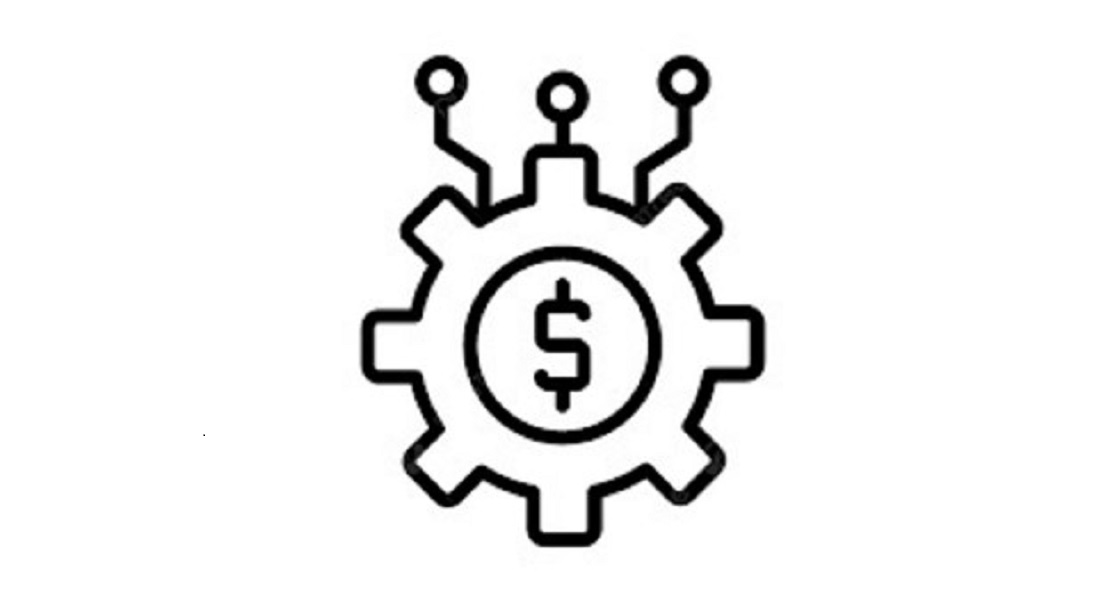
Expense and Revenue Distribution Templates
Author : Ytech Content Team
Expense
and Revenue Distribution Templates
Expense and Revenue
centers provide a logical framework that enables businesses to act as a
business unit, branch office, or department and calculate income-expenses and
profit-losses. Businesses buy a lot of goods and services, employ people, and
spend money. Likewise, it produces and sells products-services and generates
income. All income and expenses are classified under budget items and a
measurement-monitoring criterion is created for the enterprise. In Workcube,
each purchase-sale and each expense has a budget item. Expense templates are
used when a large number of periodic general-purpose expenses are desired to be
distributed to all units of the enterprise. For example, electricity, internet
bills are recorded as a single transaction and a total expense. However, the
distribution of these invoices to the units of the enterprise should be
followed by which expense and income center received how much from the general
expenses.
How can we distribute
general-purpose expenses such as Electricity, Water, Internet,
Kitchen-Cleaning, Building Maintenance, Rent?
You can group a total
expenses as a single transaction by proportioning it according to expense
centers, departments, and activity types. The following keys can guide this
proportioning process.
- Ratio by Area: Find out which department uses how many square
meters of space in the office, compare it to the total area and distribute
the expense to the expense center
as a %. This approach works well in the distribution of expenses such as
rent, maintenance, electricity cleaning.
- Ratio Per Employee: Find out how many people work in each department
and rate it by the total number of employees and allocate the expense to
the expense center as a %. This approach works well in the
distribution of expenses such as kitchen, internet, communication.
- Special Ratio: Any expense can be proportioned depending on business
dynamics. For example, while the sales unit covers 70% of the advertising
expenses, approaches such as distributing the remaining 30% slice equally
to other units can be used.
|
Example: Electricity
Expense Distribution |
||
|
% |
Expense Center |
Expense Item |
|
20% |
Sales |
Energy Expenses |
|
30% |
Technical Services |
Energy Expenses |
|
45% |
Production |
Energy Expenses |
|
5% |
Management |
Energy Expenses |
Can revenues be
distributed through templates?
An enterprise's profit
centers may exhibit internal customer behavior among themselves or may apply a
revenue-sharing model. The lifeblood of businesses is sales. Mostly, central
selling units write all of the income from sales as income to their profit center.
But they cannot make the sale alone, there are many units supporting them. In
this case, it becomes difficult to follow the income and expenses of these
units on the budget. A revenue-sharing approach can then be used to other
business units-profit centers that support the sales unit.
For example, the sales
unit creates its own income by taking a 10% share from each product and service
sold and distributes the income from sales to the units that produce the
products and services while balancing its expenses within this income it receives.
This type of calculation is a calculation that changes according to the cost
structure of the enterprise and the functions of the business units. It should
be done carefully according to the operating dynamics and should be checked
periodically according to the changing conditions.
|
Example: Data
Center Revenues Distribution |
||
|
% |
Revenue Center |
Revenue Item |
|
15% |
Sales |
Data Center Revenues |
|
65% |
Data Center |
Data Center Revenues |
|
10% |
Production |
Data Center Revenues |
|
15% |
Management |
Data Center Revenues |
When a product invoice
associated with the "Data Center Revenue Distribution Template" is
issued, Workcube will automatically distribute the budget according to the
above key. Thus, revenue sharing will be made between the supporting units or the
units that own the product or service. The main purpose of this approach is to
ensure that all units behave like a business.

